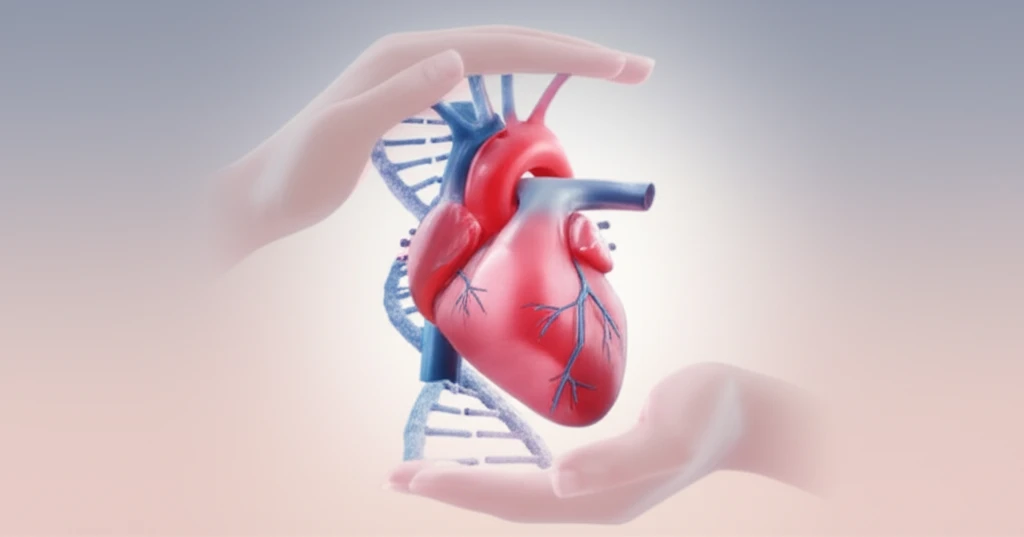
Cardio-Oncology: Protecting Your Heart During Cancer Treatment
"A comprehensive guide to understanding and mitigating cardiotoxicity, ensuring heart health during cancer therapy."
Cancer treatments have advanced significantly, improving outcomes for many patients. These treatments often combine established therapies like anthracyclines and radiation with newer, molecularly-targeted therapies such as tyrosine kinase inhibitors and immune modulators.
Comprehensive care for cancer patients now includes considering the potential impact of these treatments on various organ systems, particularly the cardiovascular system. This awareness has led to the development of cardio-oncology, a field focused on identifying, monitoring, treating, and preventing cardiovascular issues that may arise during cancer therapy.
This article provides a detailed overview of the cardiovascular effects of various cancer therapies, offering insights into selecting appropriate imaging modalities and strategies to protect and manage heart health throughout cancer treatment.
Understanding Anthracycline Cardiotoxicity and Protective Measures

Anthracyclines, a class of drugs widely used in cancer treatment, are known for their potential to cause cardiotoxicity, making it a significant concern for patients. While patients receiving anthracyclines may experience a small change in left ventricular ejection fraction (LVEF), anthracycline cardiotoxicity is defined by more substantial decreases in LVEF, indicating impaired heart function.
- Risk Factors: Older age (over 65), being female, pre-existing cardiovascular disease, hypertension, previous exposure to cardiotoxic therapies, and high individual doses of anthracyclines.
- Oxidant Stress: Anthracyclines can cause oxidant stress in heart cells, leading to the formation of harmful free radicals. This process can damage cardiomyocytes and impair mitochondrial function.
- Monitoring: Regular monitoring of LVEF is essential during anthracycline therapy. Newer non-invasive methods are being developed to detect subclinical left ventricular dysfunction. Serum biomarkers like troponin I may also help identify cardiotoxicity earlier than changes in LVEF.
Integrating Cardio-Oncology for Better Patient Outcomes
As cancer therapies continue to evolve, the importance of integrating cardio-oncology into patient care becomes increasingly clear. Understanding the potential cardiovascular toxicities associated with various treatments allows cardiologists to select the most appropriate monitoring strategies and preventive measures. By working collaboratively, oncologists and cardiologists can optimize patient outcomes, ensuring both effective cancer treatment and long-term heart health.
